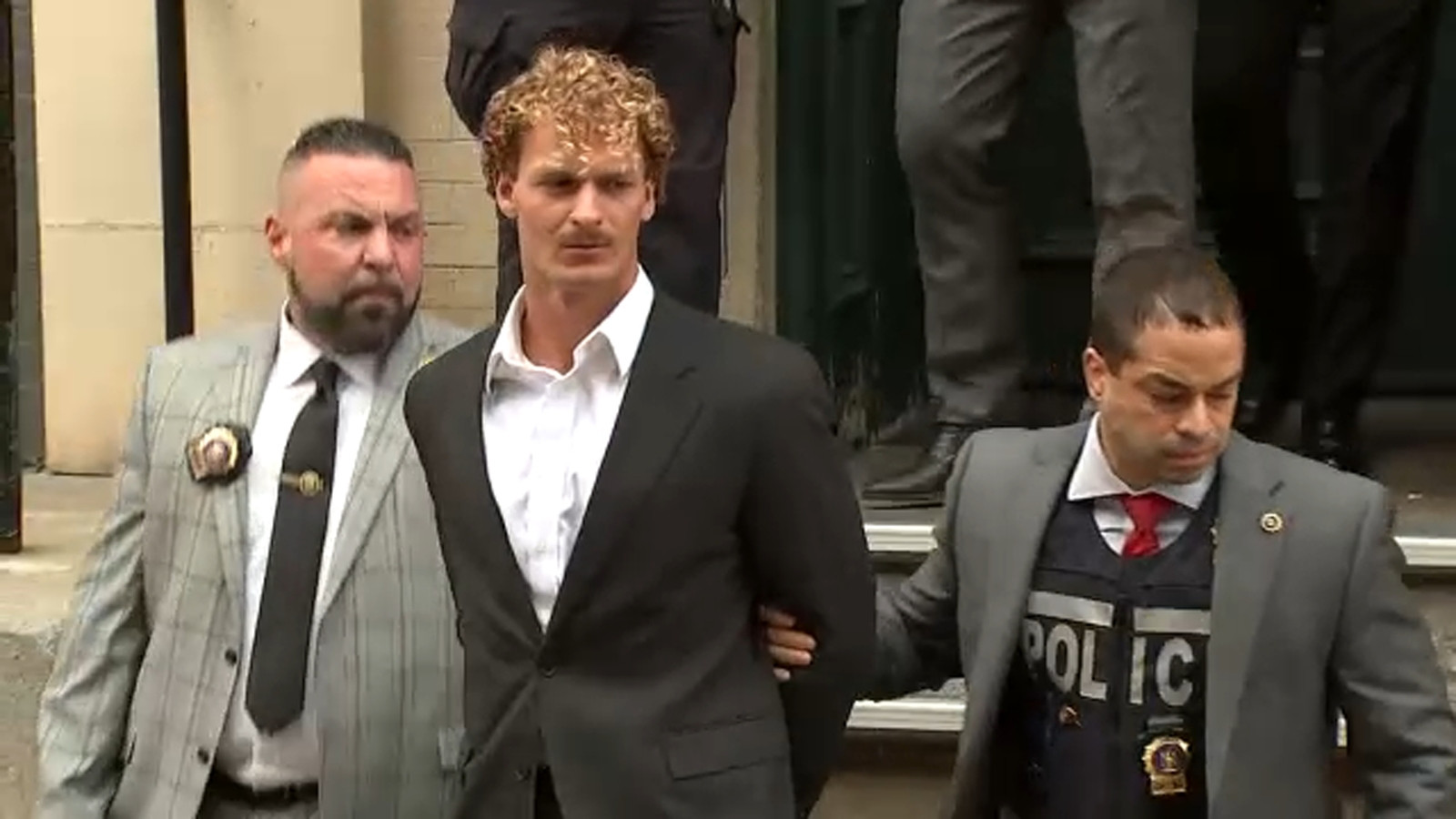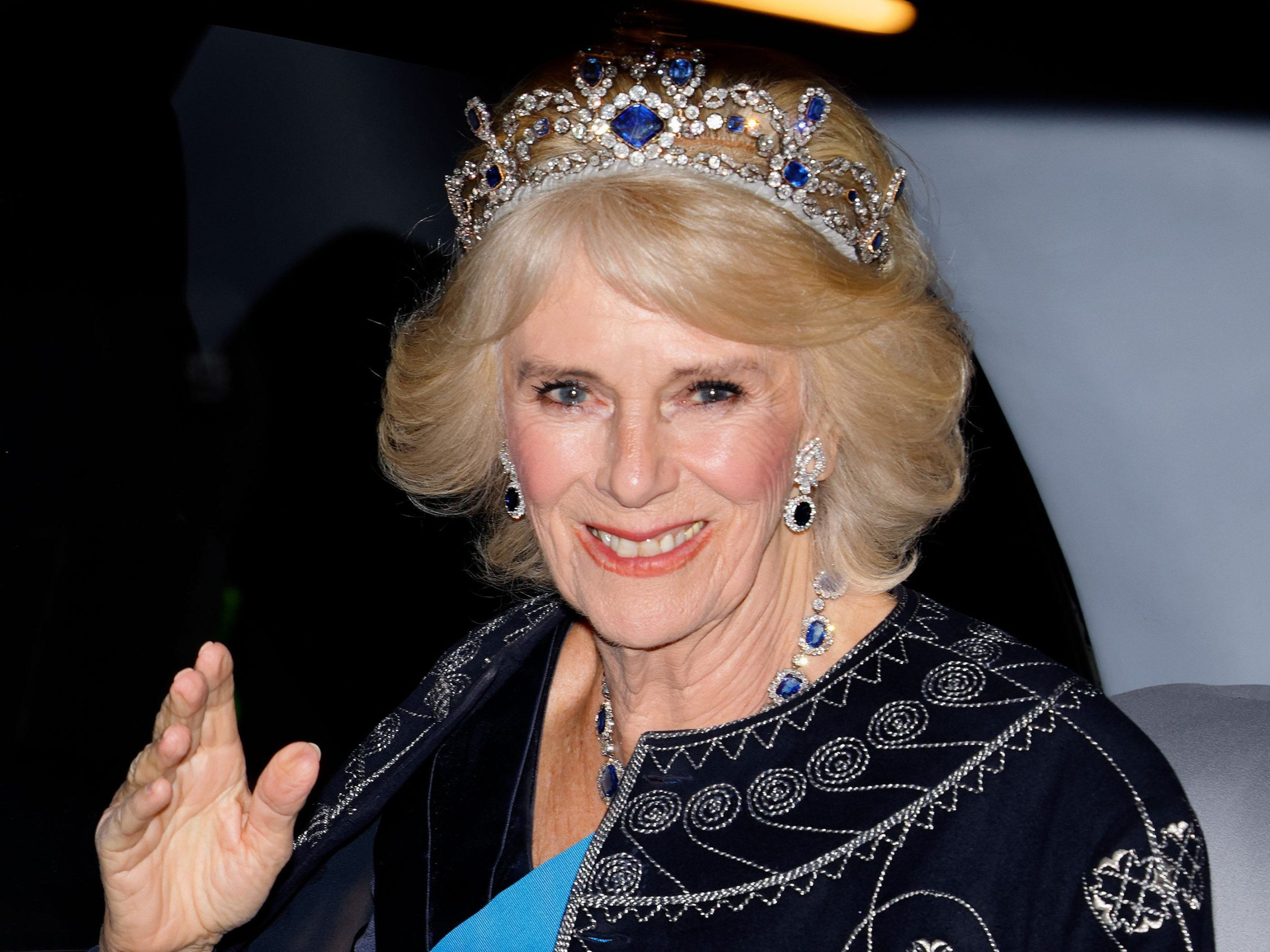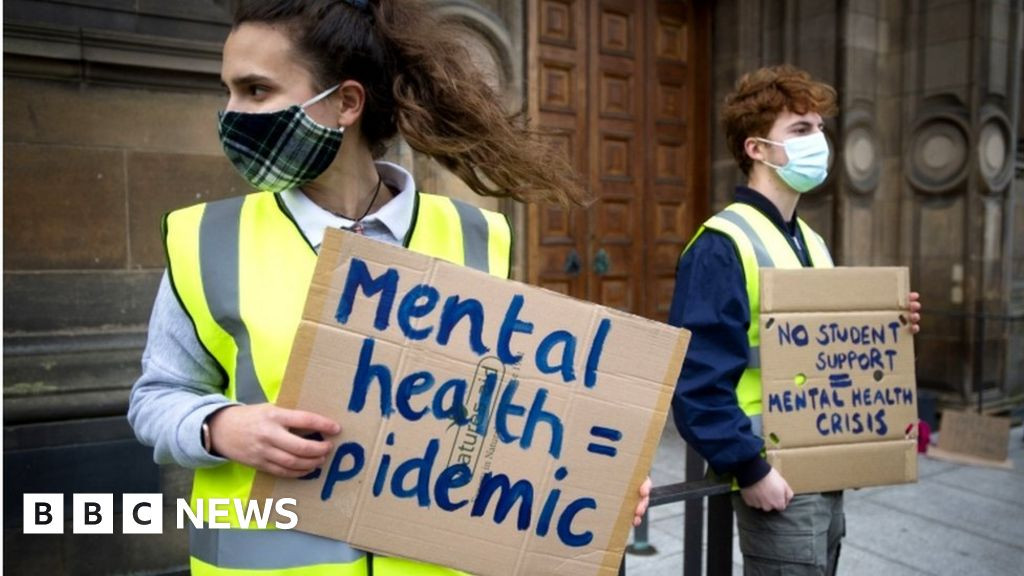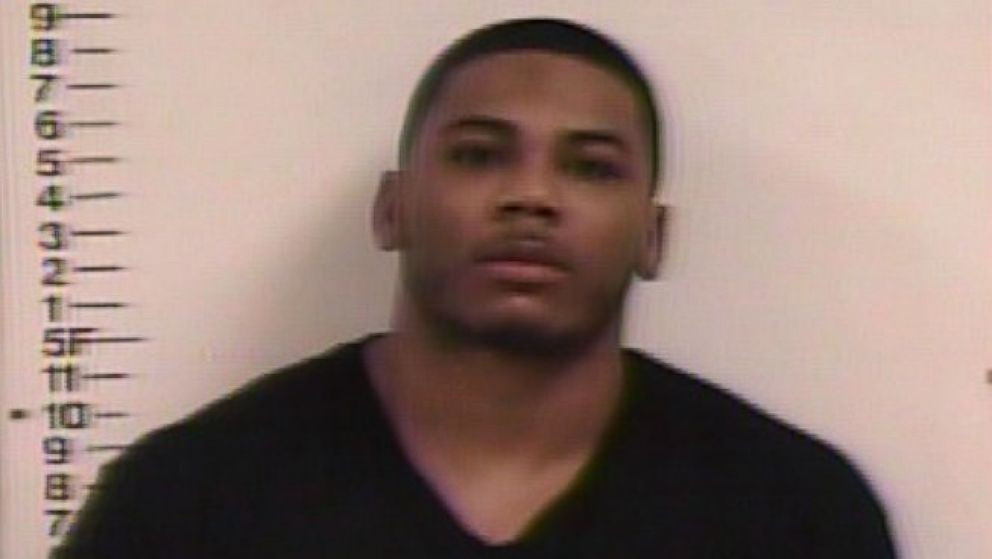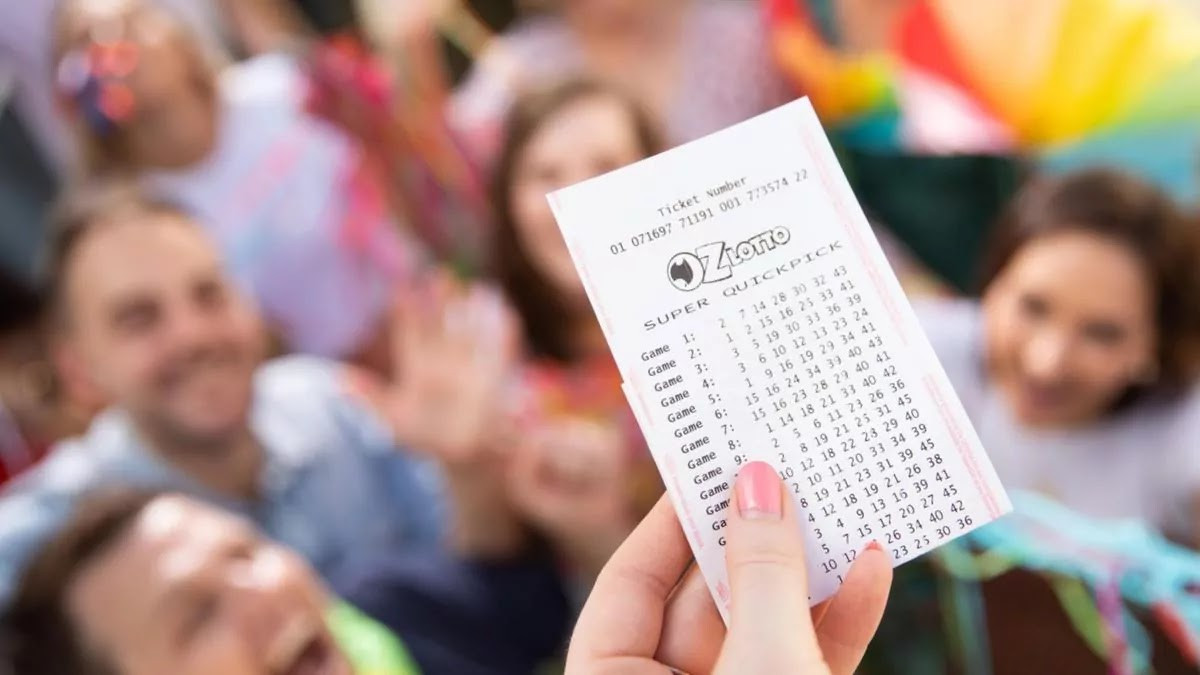Deadlocked Jury in Daniel Penny Chokehold Trial: What Happens Now?
The jury in the highly publicized trial of Daniel Penny, the former Marine accused of manslaughter in the death of Jordan Neely, has announced it is deadlocked. After more than 20 hours of deliberation spanning four days, the jury informed Judge Maxwell Wiley that they were “unable to come to a unanimous vote” on the charge of second-degree manslaughter. This development has sent shockwaves through the legal community and the public alike, prompting intense speculation about the future of the case.
The Jury's Deadlock and the Allen Charge
The jury's initial note to the judge stated their inability to reach a unanimous decision on the first count of the indictment—second-degree manslaughter. This charge requires the prosecution to prove that Penny acted recklessly, not intentionally, in causing Neely's death. The verdict form dictates that the jury must reach a unanimous decision on this count before they can even consider the lesser charge of criminally negligent homicide. The judge's response was to issue an Allen charge, a set of instructions designed to encourage a deadlocked jury to continue deliberations and attempt to reach a verdict. This move by the judge, however, was met with an immediate objection from Penny's lawyer, Thomas Kenniff, who argued that the Allen charge would be “coercive” and unduly influence the jurors. The judge ultimately disagreed, deeming it premature to declare a mistrial. This legal maneuvering demonstrates the complex dynamics at play in the case.
Jury's Request for Clarification
Following the Allen charge, the jury, still struggling to come to a consensus, sent a second note requesting further clarification on the definition of a “reasonable person,” a crucial element in determining recklessness. Judge Wiley responded by referring them to the two-part test outlined in jury instructions. This instruction focused on two crucial questions: did Penny act recklessly, and would a reasonable person have behaved the same way under the circumstances? This exchange highlights the intricacy of the legal arguments and the jurors' thoroughness in evaluating the evidence.
The High-Profile Nature of the Case and its Broader Implications
The case has garnered immense national attention, sparking intense debate about self-defense, mental illness, and the complexities of justice in high-pressure situations. The trial became a focal point in the ongoing conversations surrounding race, mental health, and the use of force in public spaces, echoing similar debates that followed the Bernhard Goetz subway shooting case in 1984. The judge referenced this precedent in his explanation of the “reasonableness” standard to the jury. The case underscores the challenges of applying legal concepts to highly charged emotional events and the broader societal implications of courtroom decisions. The judge's decision to give an Allen charge is particularly relevant given these broader societal considerations.
The Prosecution's Perspective
Prosecutor Dafna Yoran expressed concerns about the potential for a mistrial, stating that a hung jury would be a “crazy result” simply because the jury could not proceed to the second count. This statement reflects the prosecution's strong belief in their case and their apprehension at the prospect of a retrial. Yoran's determination to press forward reflects the gravity with which the prosecution views the case and the significance of achieving justice in the eyes of the law.
The Defense's Strategy and Arguments
Penny's legal team maintained that he acted in self-defense and to protect fellow passengers, arguing that Neely's erratic behavior posed a threat. The defense disputed the medical examiner's conclusion that the chokehold was the sole cause of death, presenting alternative explanations involving Neely's pre-existing health conditions, including sickle cell trait, schizophrenia and the effects of synthetic marijuana. The defense's strategy emphasizes the nuances of the situation and attempts to mitigate Penny's culpability. It underscores the defense’s strategy of challenging the prosecution's narrative and casting doubt on the cause of death.
Potential Outcomes and Next Steps
The judge's decision not to immediately declare a mistrial suggests that he is committed to exploring all avenues for reaching a verdict. However, the prolonged deliberations and the jury's repeated requests for clarification demonstrate the difficulty they are facing in coming to a unanimous agreement. The potential outcomes include the jury eventually reaching a unanimous verdict, a mistrial being declared, or further deliberations after resolving the outstanding issues regarding the “reasonable person” definition and count two. Each of these options carries significant ramifications for all involved in the case, and for the larger discourse surrounding self-defense and similar circumstances in high-pressure situations.
The Unclear Path Ahead
The situation leaves the outcome uncertain. The judge is actively considering the possibility of allowing the jury to move to the second count if they are unable to reach a verdict on the first. This highlights the complexity of the legal procedure and the careful consideration of precedent. The ultimate outcome will depend largely on whether the jury can reconcile their differences or if a mistrial is declared. This will certainly dictate the next steps in the process and how the case unfolds in the future. The wait for a conclusion remains, leaving both legal teams and the public anxiously anticipating the final verdict, or the announcement of a mistrial.
The judge's decision to instruct the jury to continue deliberation despite their initial inability to reach a unanimous verdict underscores the importance of pursuing justice within the constraints of the law. The jurors' dedication to thorough deliberation is evident in their requests for clarification.
The ongoing deliberations reveal the complexity of navigating legal principles and their application in highly charged emotional scenarios.




